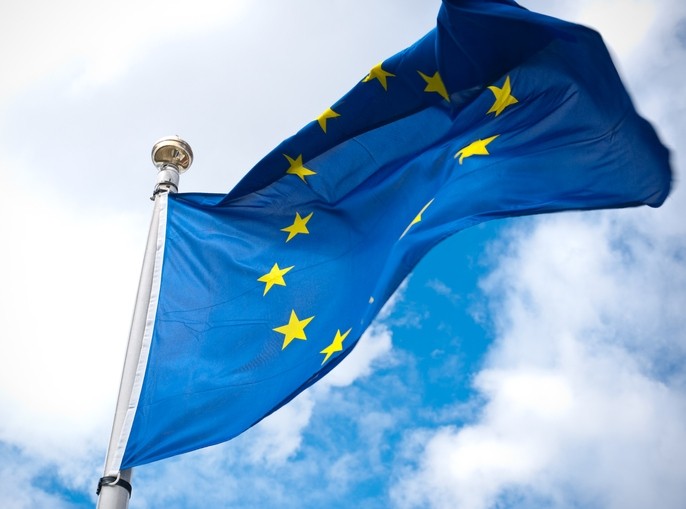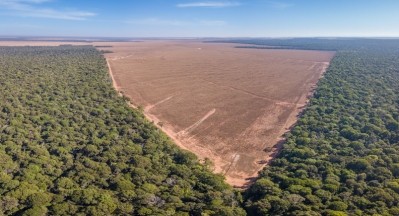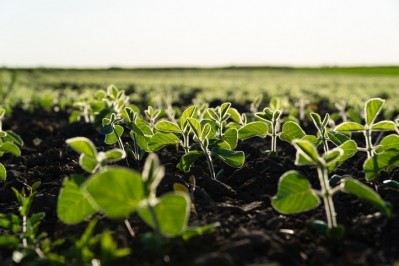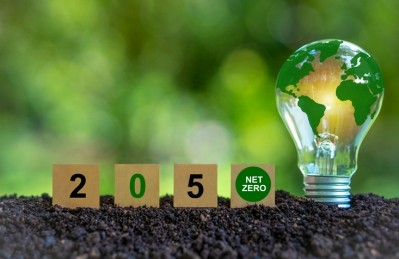Donau Soja standard: How can it support GHG emissions disclosure and EUDR compliance?

Around 10% of European soy production or just over 1m tons was produced under the Donau Soja/Europe Soya standards in 2022, with more than 9,000 farmers in 12 countries supplying the beans.
Soy certified under that scheme fulfils the EU Deforestation Regulation (EUDR) criteria known to date, and, in many respects, even goes far beyond them, says Susanne Fromwald, senior advisor at the Donau Soja organization.
The EUDR aims to prevent global deforestation linked to agricultural products imported into the EU. From December 30, 2024, companies will have to demonstrate with due diligence and traceability to plot that their imports of soy and other commodities have not caused deforestation. They are obliged to prove that no new deforestation has taken place after the 2020 cut-off date for products traded on the EU market. Non-compliance with the regulation could result in drastically high penalties for agri-commodity buyers and the confiscation of goods.
The Donau Soja/Europe Soya standards, along with the much earlier cut-off date of 2008 for deforestation and land conversion, already has an IT-supported traceability system including certificates of traceability. “We have had full traceability to the farmer from the beginning as being non-GMO we needed to ensure full segregation. With harvest 2023, we can ensure traceability to the plot for two thirds of the certified volumes, the rest will follow in 2024.”
Under the standard, there are also third-party inspections of farms by independent auditors, using a risk-based approach. “So, in Ukraine, where there is a risk of GM contamination and illegal pesticide use, we have 100% farm inspection frequency,” she told us.
Emissions disclosure
In addition to the EUDR, the Corporate Sustainability Reporting Directive (CSRD) for companies has been in force in the EU since January 2023 and includes a comprehensive legal framework on reporting obligations on social and environmental conditions. These regulations are set to shake up organizational sustainability reporting as they mandate granular emissions disclosure and the establishment of emission reduction targets across Scopes 1, 2, and 3.
Such reporting requirements means stakeholders from feed compounders to retailers need to actively engage with suppliers and vendors throughout the whole supply chain.
Soy produced according to the Donau Soja/Europe Soya criteria has a favorable carbon footprint, with supporting data generated by third party organizations. Users of that soy can rely on such data to help them meet their obligations under the CSRD, continued the representative.
A recent study by the Research Institute of Organic Agriculture (FiBL) Austria assessed the carbon footprint of soybean meal by Ukrainian processor AdamPolSoya (ATK Group) using Europe Soya certified soybeans from Ukraine. The organization said the results show a reduction of GHG-emissions of up to 82% compared to the typical European market mix, which also includes non-certified Brazilian soy.
So, according to that data, 1kg of the soy certified under the Europe Soya scheme emits around 0.36 kg CO2-equivalents (CO2-eq), whereas one kg of the typical European soy market mix is responsible for 1.99 kg CO2-eq.
In 2022, Blonk Consultants assessed the environmental impact of certified soybeans in Serbia, Croatia, Ukraine, and Romania. With a CO2 footprint of around 0.3-0.4 kg CO2 equivalents per kg soybean, the data indicates that those beans have only 40% of the emissions of conventional European soybeans. And when comparing the global warming potential of 1kg of soybeans from non-certified Brazilian production incorporating land use change (LUC) criteria with 1kg of Donau Soja/Europe Soya certified soybeans from those four countries, the results were starker. The carbon footprint of the Brazilian product was about ten times higher, according to the Blonk readout.
Voluntary agreements
The EU is planning a series of further laws in the fight against climate change, which also affect feed and food supply chains. The new legal regulations are relevant for both EU states and companies but also for suppliers from outside the EU.
Beyond the package of new EU laws under the Green Deal, industry and food retailers have joined forces to undertake initiatives to protect forests, and often these schemes commit to measures that go further than the deforestation regulation, noted Fromwald.
In Germany alone, the QS scheme covers several thousand farms and companies, which currently represent around 90% of the German meat market. From January 2024 on, QS requires that all soy used for animal feed in meat production must be certified conversion-free. Donau Soja/Europe Soya standards are already recognized under this system.
About 6,500 companies worldwide have committed to reducing CO2 in their operations and supply chains as part of the Science-Based Targets Initiative (SBTi). Donau Soja works with WWF Austria to support its members in meeting SBTi goals, said the senior advisor.
Of note as well, she said, is that in the future, other sustainability issues will take on greater significance for food producers and traders. These take in criteria that are not yet covered by the EUDR, but which have come under the Donau Soja/Europe Soya standards from the beginning. “These include the use of pesticides, water management, biodiversity and measures for its conservation.”















